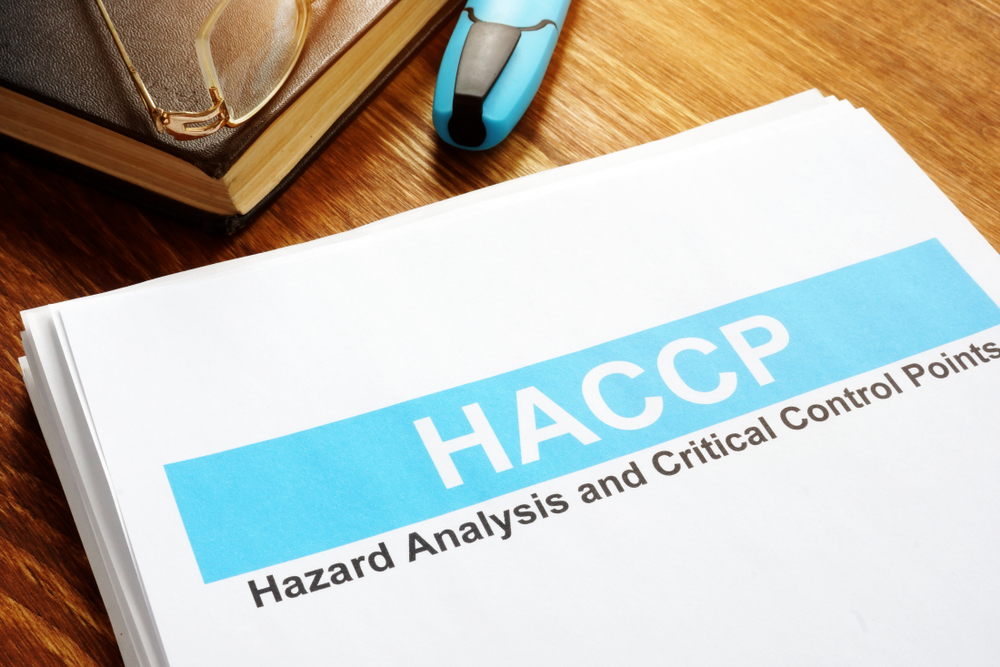- Before you repackage bulk pesticides at your facility you must obtain an EPA Establishment number from EPA Region 5. Contact Pamela Grace at 312/353- 2833.
- Facilities that repackage pesticides must report their repackaging or “producing” activities by sending an Annual Production/Repackaging Report to EPA Region 5.
- Before you repackage bulk pesticides at your facility you must obtain an EPA Establishment number from EPA Region 5. Contact Pamela Grace at 312/353- 2833.
- Facilities that repackage pesticides must report their repackaging or “producing” activities by sending an Annual Production/Repackaging Report to EPA Region 5.
A permit is required before storing a liquid bulk pesticide product in a storage container with a rated capacity of 500 U.S. gallons or greater or a dry bulk pesticide in a storage container with a rated capacity of 100 lbs. or greater. A permit is also required before a person substantially alters a bulk pesticide facility.
Firms who store bulk pesticides in mini-bulk containers with a rated capacity of less than 500 gallons are not required to obtain a permit, but are required to comply with all other applicable portions of the pesticide storage rules regarding storage and distribution. (Minnesota Rules 1505.3010 - 1505.3150)
A permit is required before storing a liquid bulk pesticide product in a storage container with a rated capacity of 500 U.S. gallons or greater or a dry bulk pesticide in a storage container with a rated capacity of 100 lbs. or greater. A permit is also required before a person substantially alters a bulk pesticide facility.
Firms who store bulk pesticides in mini-bulk containers with a rated capacity of less than 500 gallons are not required to obtain a permit, but are required to comply with all other applicable portions of the pesticide storage rules regarding storage and distribution. (Minnesota Rules 1505.3010 - 1505.3150)
- The capacity of the secondary containment area must be a minimum of 110% (roofed storage) of the largest container inside the dike or 125% (unroofed storage) of the largest container inside the dike. Displacement by other tanks in the containment must be calculated as well.
- The secondary containment area must have liquid tight construction, using waterstops, keyways or monolithic concrete pours (pours without joints). Metal containment is acceptable, contact MDA for metal specifications.
- The dike must be maintained to keep its liquid tight integrity. Cracks in the concrete must be sealed with compatible and resistant repair products and metal dikes must be sandblasted and painted on a regular basis to remain free of rust and corrosion. (see the Concrete Containment Crack Repair and Maintenance fact sheet under Forms + Resources.)
- If the safeguard area is a combination dike/load pad, the tanks must be protected from the risk of moving vehicle damage by drive curbs or other vehicle protection devices.
- The secondary containment may not contain a drain or similar opening. If such an opening exists it must be permanently plugged to prevent an incident. Underground plumbing in and through containment floors is not allowed. No other items may breach the secondary containment such as footings or wiring conduits
- A secondary containment system constructed with prefabricated compatible materials (poly tubs, etc.) may be used but must meet all secondary requirements but may not be located in an area where fire could damage the containment.





